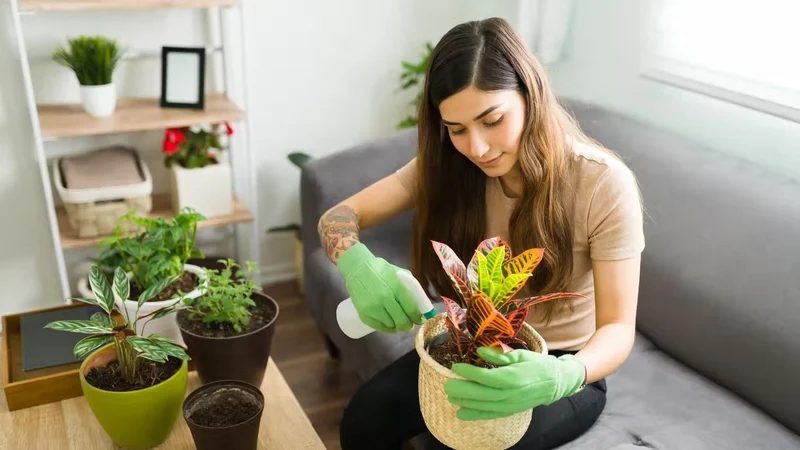
10 vegetables recommended by experts to plant in September that will increase your yield by 5x
As summer winds down, many gardeners begin to wonder what they can plant to keep their gardens productive well into the fall and even winter. September is a pivotal month for planting vegetables that thrive in cooler temperatures and shorter daylight hours. By choosing the right crops, you can maximize your harvest and enjoy fresh, homegrown produce for months to come. Here are 10 vegetables recommended by experts that, when planted in September, can increase your yield by five times.
1. Spinach: The Power Green for Fall
Spinach is a cold-hardy vegetable that flourishes in the cool temperatures of September. Varieties like ‘Bloomsdale’ and ‘Tyee’ are particularly well-suited for fall planting. Spinach grows quickly, and with proper care, you can harvest it multiple times throughout the season. To ensure a bountiful yield, sow seeds directly into the soil, keeping them moist until germination. As spinach matures, harvest the outer leaves regularly to encourage new growth. This method allows for a continuous supply of fresh greens, boosting your overall garden yield.

2. Kale:The Resilient Superfood
Kale is known for its remarkable ability to withstand frost, making it an ideal vegetable to plant in September. Varieties such as ‘Winterbor’ and ‘Red Russian’ are especially resilient and can continue to produce even in the coldest months. Kale not only provides a rich source of vitamins and minerals but also offers a prolonged harvest period. Once the main leaves are harvested, side shoots will develop, ensuring a steady supply of this nutritious green throughout the fall and winter. To increase your yield, plant kale in well-drained soil and provide plenty of sunlight.
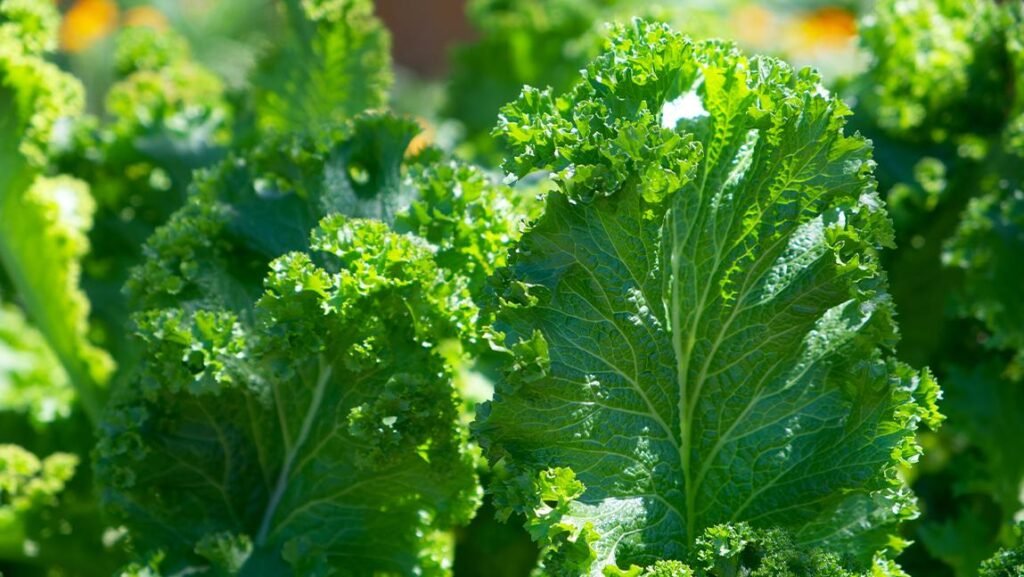
3. Carrots: Sweet and Crunchy Fall Delights
Carrots planted in September benefit from cooler soil temperatures, which enhance their sweetness and flavor. Quick-growing varieties like ‘Nantes’ and ‘Chantenay’ are ideal for fall planting, as they mature before the first hard frost. Carrots require loose, well-tilled soil to grow straight and long, so be sure to prepare your garden bed thoroughly. Proper spacing and thinning are crucial to avoid overcrowding, which can stunt growth. With careful attention, you can enjoy a bumper crop of carrots that are perfect for soups, stews, and fresh eating throughout the colder months.

4. Beets A Double Harvest Gem
Beets are a versatile vegetable that thrives in the cool weather of September. Varieties such as ‘Detroit Dark Red’ and ‘Golden’ are popular choices for fall planting. Beets grow quickly, and both the roots and the greens are edible, providing a double harvest from a single planting. To maximize your yield, sow beet seeds directly into well-drained soil and keep them consistently watered. As the roots mature, you can begin to harvest the beet greens, which are rich in vitamins and can be used in salads, sautés, and smoothies. This dual-purpose crop is a great way to increase your garden’s productivity.
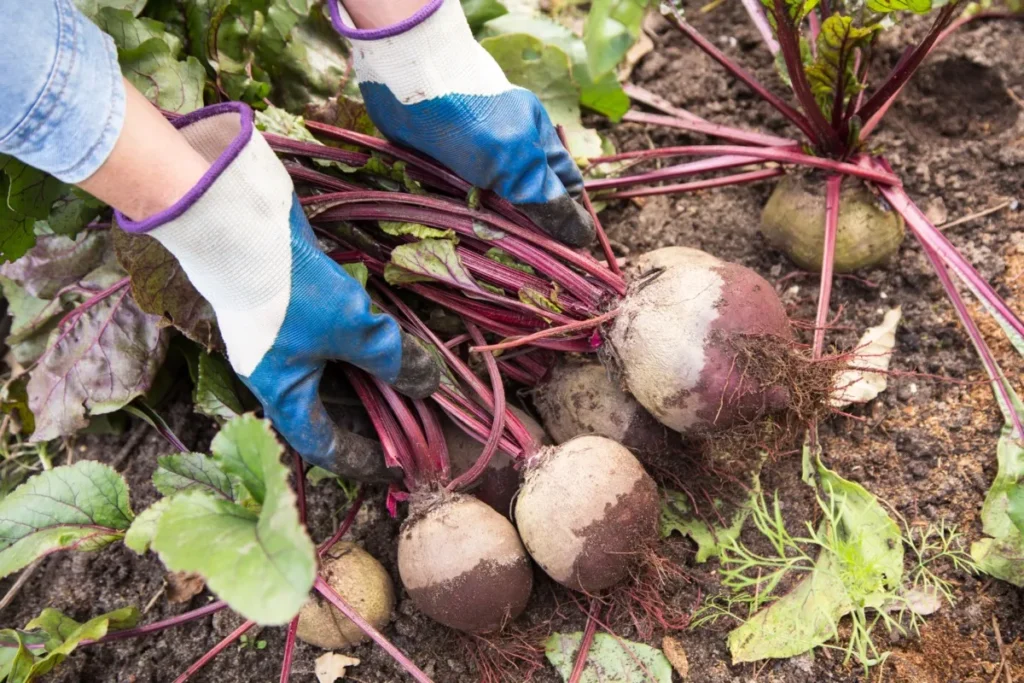
5. Radishes: Quick and Easy to Grow
Radishes are one of the fastest-growing vegetables, making them perfect for a September planting. Varieties like ‘French Breakfast’ and ‘Cherry Belle’ mature in as little as 25 days, allowing you to enjoy fresh, crunchy radishes in just a few weeks. For a continuous harvest, plant radishes in succession every two weeks. This method ensures that you always have a fresh supply on hand. Radishes prefer well-drained soil and plenty of sunlight, so be sure to choose a sunny spot in your garden. With their quick turnaround, radishes are an excellent choice for boosting your garden’s yield in a short amount of time.
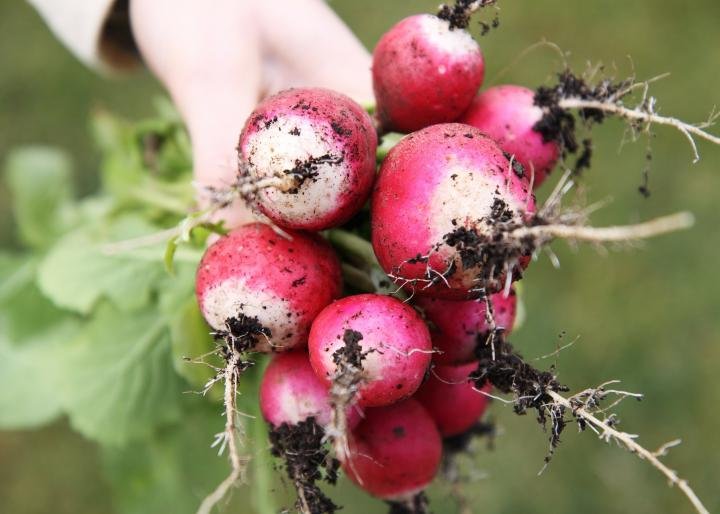
6. Broccoli: The Nutrient-Packed Fall Favorite
Broccoli is a cool-season vegetable that develops its best flavor and texture in the fall. Planting varieties like ‘Calabrese’ and ‘Waltham 29’ in September ensures a robust harvest of nutrient-rich broccoli heads. Broccoli requires fertile, well-drained soil and consistent watering to thrive. As the main head matures, cut it off to encourage the growth of side shoots
which will continue to produce smaller heads well into the winter months. This extended harvest period makes broccoli a valuable addition to your fall garden. To further increase your yield, consider staggering your plantings by a few weeks to ensure a continuous supply of fresh broccoli throughout the season.
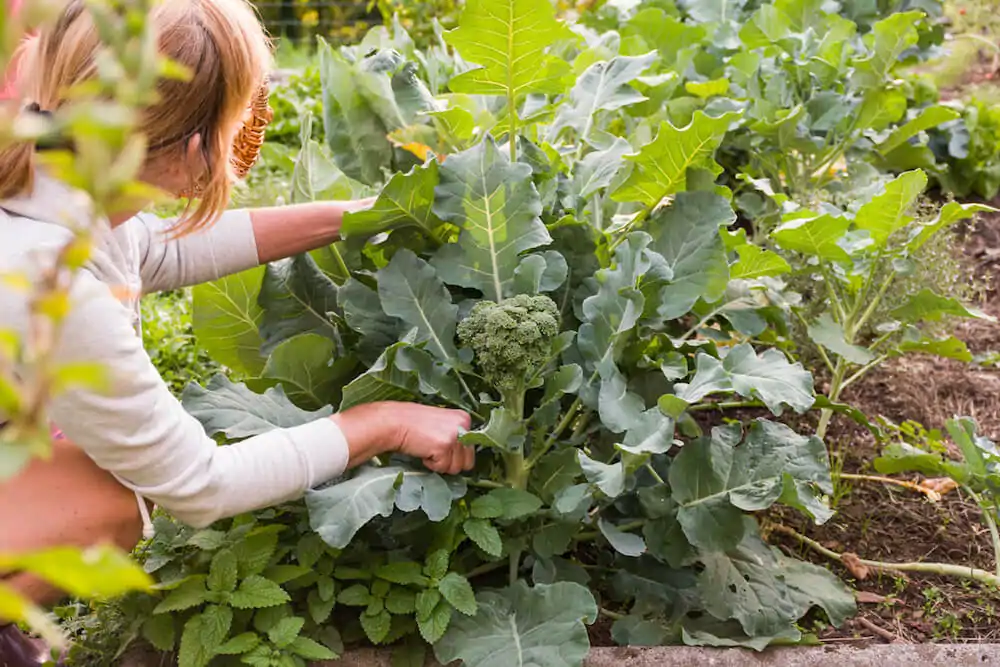
7. Turnips: Versatile and Productive
Turnips are a dual-purpose crop that thrives in the cooler temperatures of September. Varieties like ‘Purple Top White Globe’ and ‘Hakurei’ are known for their quick growth and versatility. Not only can you harvest the delicious, crisp roots, but the greens are also edible and packed with nutrients. Turnips prefer well-drained soil and full sun, and they grow quickly, reaching maturity in just 30-60 days. By planting turnips in succession, you can enjoy multiple harvests throughout the fall, effectively increasing your garden’s productivity. The ability to harvest both the roots and greens makes turnips a high-yield crop.
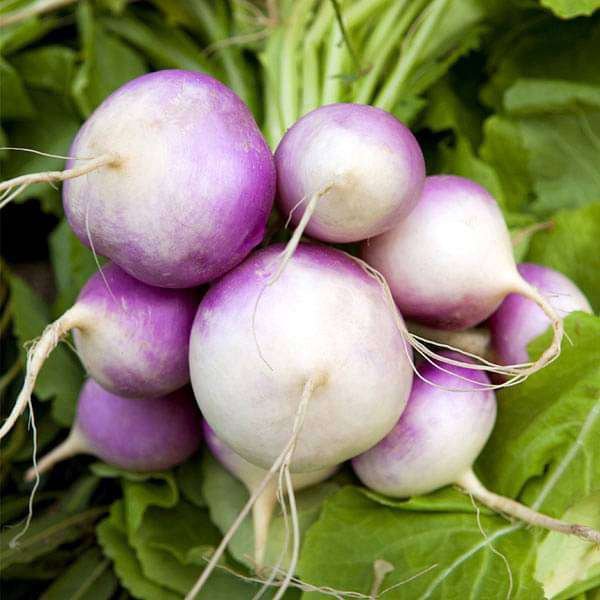
8. Cabbage: Dense Heads for Cold Weather
Cabbage is another cold-hardy vegetable that excels when planted in September. Varieties such as ‘Savoy’ and ‘Danish Ballhead’ are ideal for fall planting, as they develop dense, flavorful heads in the cool weather. Cabbage requires fertile soil and consistent moisture to grow large, firm heads. Proper spacing is essential to allow the plants to reach their full size. Once harvested, cabbage can be stored for several weeks, providing a fresh supply of this versatile vegetable well into the winter months. By planting cabbage in the fall, you can maximize your yield and enjoy a steady supply of fresh produce.

9. Lettuce: Continuous Harvest of Fresh Greens
Lettuce is a fast-growing vegetable that thrives in the cooler temperatures of September. Loose-leaf varieties like ‘Buttercrunch’ and ‘Romaine’ are particularly well-suited for fall planting, as they can be harvested multiple times throughout the season. Lettuce prefers well-drained soil and plenty of sunlight, and it grows quickly, reaching maturity in as little as 30 days. To ensure a continuous supply of fresh greens, plant lettuce in succession every two weeks. This method allows you to harvest the outer leaves while the inner leaves continue to grow, effectively increasing your garden’s yield and providing a steady supply of fresh lettuce.

10. Garlic: Plant Now for a Future Bumper Crop
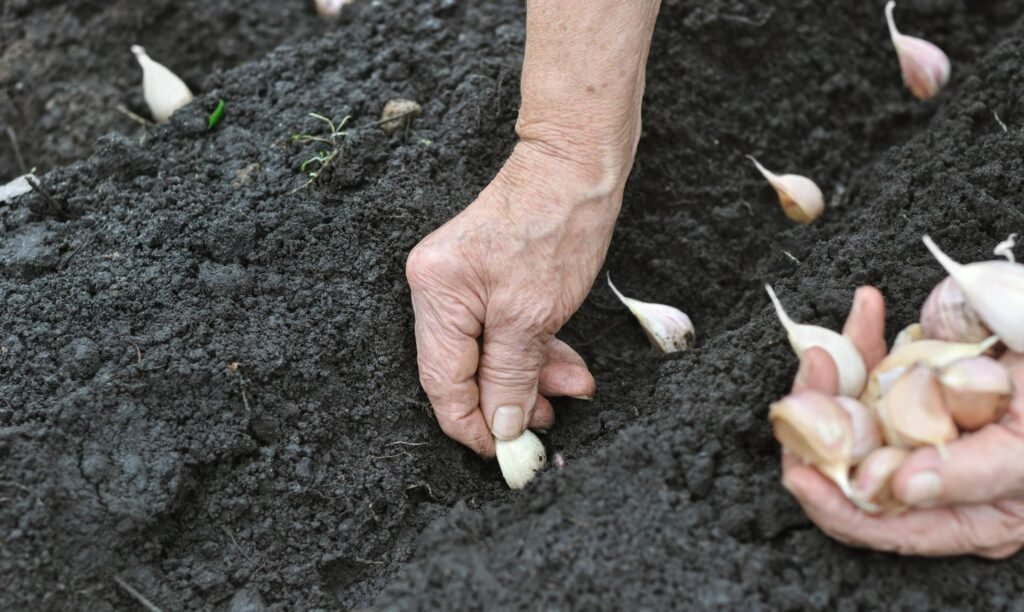
While garlic is typically harvested the following summer, September is the ideal time to plant it to ensure a strong and productive crop. Choose hardneck varieties for colder climates or softneck varieties for milder regions. Garlic cloves should be planted in well-drained soil, with the pointed end facing up and spaced about 6 inches apart. Once planted, garlic requires little maintenance and will develop strong roots over the winter months. When harvested the following summer, garlic bulbs will be larger and more flavorful, providing you with an abundant harvest. By planting garlic in September, you can set the stage for a highly productive crop next year.
Planting these ten expert-recommended vegetables in September can significantly boost your garden’s yield, providing you with a rich supply of fresh produce well into the colder months. By selecting the right varieties and following best practices for planting and care, you can enjoy a harvest that is five times more abundant. Whether you’re looking to extend your growing season or simply make the most of your garden space, these vegetables offer the perfect opportunity to maximize your yield and enjoy the fruits of your labor.


